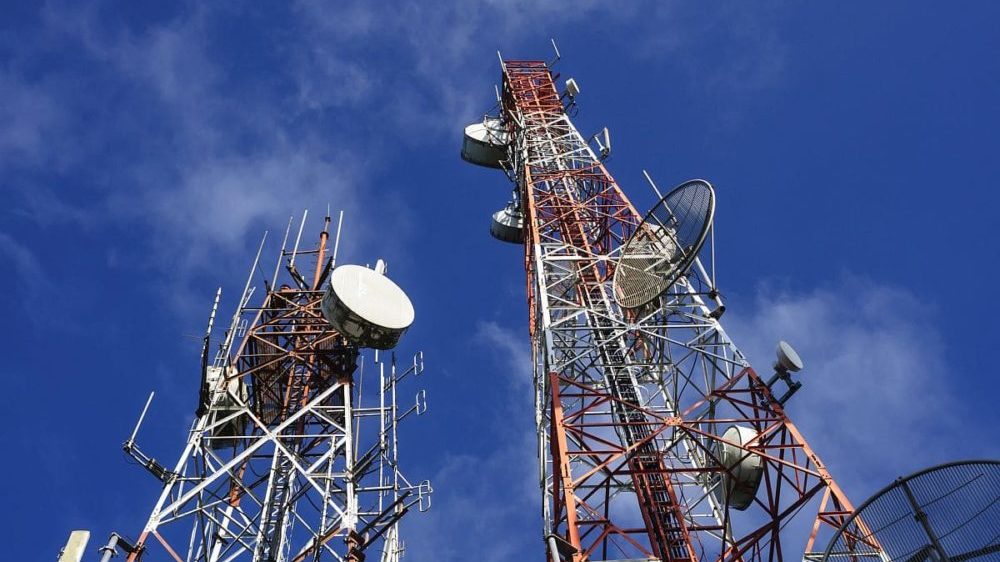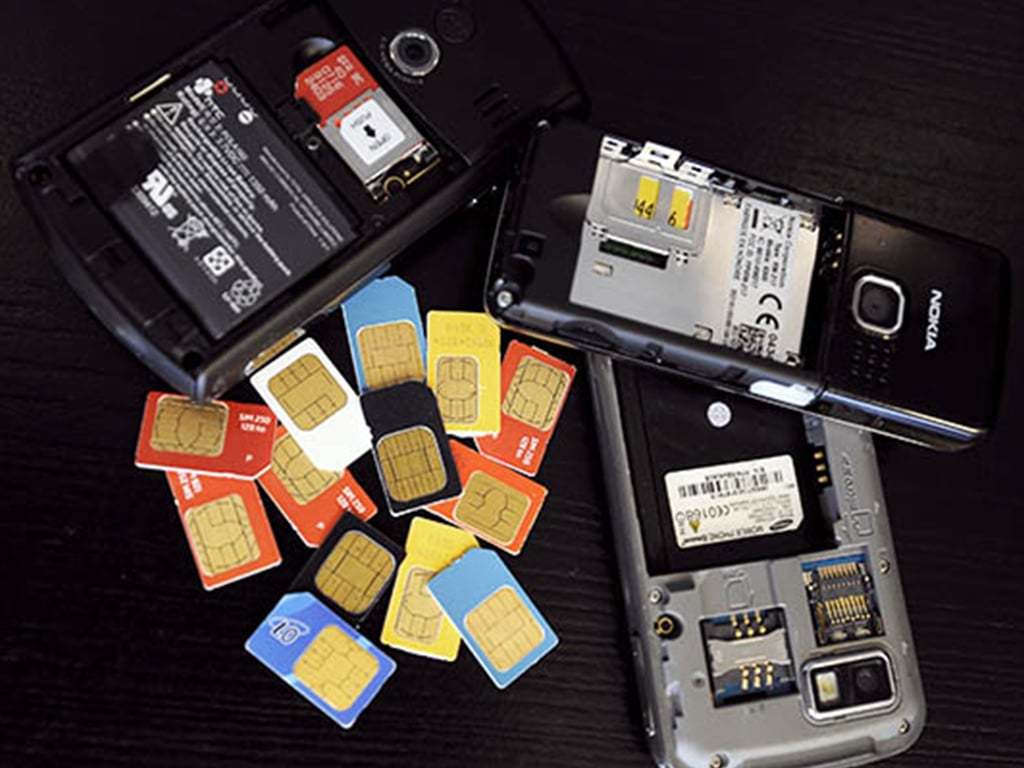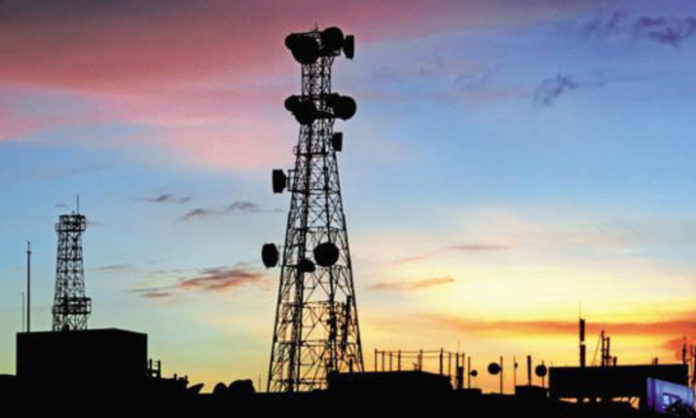Mobile subscription fees in Pakistan are the lowest in the world at less than $1 per month. According to a GSMA report, Pakistan has one of the lowest average revenue per user (ARPU) rates in the world at less than $1; the global ARPU is $8, while inflation in Pakistan has risen to its highest level in 47 years.

Why the decline?
A number of variables, including competition, pricing wars, a rise in smartphone use, tax implications, and an increase in data consumption, as well as Pakistan’s macroeconomic circumstances and the Pakistani rupee’s devaluation versus the dollar, have contributed to the telecom ARPU decreasing.
While the average ARPU around the globe is more than $8, it is significantly higher in nations like the United States, Canada, and Bahrain: $46, $41, and $39, respectively.

Times have changed
In terms of ARPU, Pakistan is ranked 267th out of 269 telecom markets examined worldwide by GSMA Intelligence. Low telecom prices have made it possible for tens of millions of new consumers to use the internet, but they have also led to weak financials that have now restricted further growth and innovation in this industry.
The sector is currently experiencing an existential crisis as a result of a recent, unprecedently high rise in operational expenses, particularly those related to gasoline, power, lending rates, and local currency depreciation.

Based on the information that is readily available, two mobile phone companies reported a combined loss of almost Rs50 billion in the first half of 2022. In US currency terms, Jazz’s revenues saw negative growth for the fourth straight quarter for international investors.
Compared to the previous year, operational costs have increased significantly by around 20%, but industry income has hardly increased by double digits. At the same time, our clients have legitimate expectations that 4G would be available nationwide and quickly.
Is the government responsible?
Herein lays the problem; telecom businesses are required to pay a hefty spectrum price (in relation to the country’s income potential), and the majority of investment resources are used to fund government obligations rather than purchasing telecom equipment.
The fact that all spectrum auctions, renewals, and the payments due on them are priced in US dollars but the money earned is in Pakistani rupees is also a major matter that has gone unresolved. It is now hard to estimate, create, and carry out good business strategies for the expansion of 4G due to this mismatch.
The operators run the risk of significant currency depreciation when the cost of spectrum is denominated in dollars. For instance, three operators each paid $291 million for telecom licenses in 2004–2005, but the same licenses were renewed in 2019 for $450 million, a price increase of 55%. In rupee terms, the increase was 360% from Rs16 billion to Rs74 billion, respectively.
Furthermore, due to the capital-intensive nature of the telecom business, even a single percentage point increase in interest rates causes an additional financial burden of Rs1.5 billion for the sector. The interest rate has increased by eight percentage points since last year.
It is urgent to recognize telecom as a national asset and address the problems endangering it before its ability to continue enabling any digital change is permanently lost. To assist the government address the present issues, the sector has unanimously recommended important policy adjustments.
Stay tuned to Brandsynario for the latest news and updates.












































